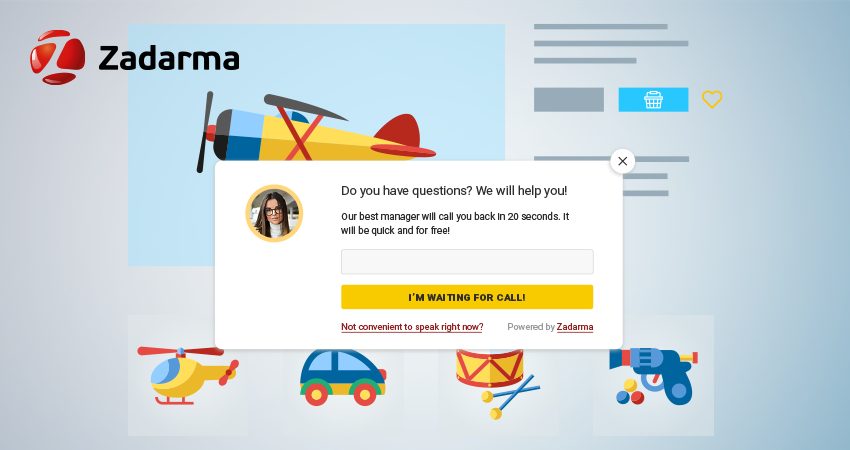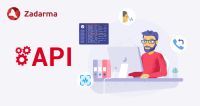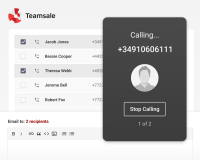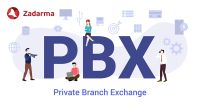Callback widget can increase conversion rates of your website by dozens or even hundreds percent. However, the overall efficiency of this tool depends on a bunch of factors. Today we will focus on taking the maximum from this technology and avoiding common mistakes.
Tip #1. Analyze visitors behavior
Showing the callback pop-up to every visitor of your website is not that good idea. Not all users are at the same stage of the sales funnel, some of them are at the stage where an offer for conversation may seem irrelevant, rude, and will force them to leave.
Do identify those users who are ready for a call; it is a good idea to calculate the so-called involvement points. It is done by using the data of the person's actions at the websites. Here is a list of activities that may be used to identify the highly-involved user:
- Scrolling to the footer of the page – this is an essential metric for landing pages;
- Moving across several pages on the website is telling that the visitor has not arrived due to a mistake;
- Long session duration shows that the content of the site is unusual for the visitor;
- Visiting a particular page like a checkout.
If the sum of such involvement points is high enough, then you can fire a callback pop-up with minimal risk of making the potential customer angry or frustrated. Thus, it is crucial to use a callback system that allows such customization.
Tip #2. Do not display the pop-up too quickly
Even if the visitor's behavior tells that the person might fall into a promising leads category, do not hurry to fire a callback pop-up for him or her. Stats show that it is better to give the user a few minutes before offering a callback. This applies to businesses which do not provide some urgent services like calling a taxi where you need an instant result.
If you offer something that takes more times to understand and analyze, then showing the pop-up too fast will interrupt the user and irritate him.
Our data indicate, that you need to specify the delay for the callback widget and show it to visitors who've spent some time on your website. It is highly unlikely that one minute will suffice to read and understand the service and product description and get interested enough to purchase it. So, give your potential customer 3-5 minutes before offering a callback.
Tip #3. The faster you call back, the higher the chances to close the deal are
Your reaction time for a callback request may increase the call duration by 128%! The longer the potential customer has to wait, the higher the chances that we will switch to other tasks are.
If you call your lead back in five minutes, the probability of a selling conversation will decrease by 42% compared to the two-minute callback.
Moreover, while the response rates for callbacks made within 5-10 seconds are 91%, calls made within 2-5 time slot have response rate not higher than 83%. The longer your prospect has to wait, the worse the conversion will be. It is a law.
Tip #4. Double-check the settings
A common situation – there are several feedback-collection widgets on the website, but nobody is answering to the users via these channels. It can happen if you overlook the correct setup.
It is crucial to segment your audience using geo-data. If you are serving customers from Western Europe, then your Easter Europe or Asian visitors won't be a target audience, and there is no need to waste budget on calling them back. This is why you should restrict the callbacks for phone numbers of the specific countries or allow callbacks only to numbers from one state.
Tip #5. Do not forget mobile users
Numbers indicate that the probability for callback request is almost equal both on desktop and mobile. Moreover, people tend to order a callback slightly more often from mobile (50,5% vs. 49,3%)
However, this is crucial to understand that the screen-wide callback widget pop-ups is not something you would like while interacting with the website using your smartphone. So, having an opportunity to use more minimalistic callback widget for mobile is an excellent option to have, as it will make the customer's life a bit easier.
Final thoughts
Callback widget conversion depends on several factors:
- Flexible set-up capabilities. If you can set your callback widget to pop-up only for the most promising leads, this will significantly increase an overall conversion, while keeping your visitors happy.
- Low irritation. Display the widget only for the target audience at the right time. If the person has started thinking of a purchase and collect information, it is a bad idea to interrupt him in the middle of the way through the sales funnel.
- Correct settings. If the user request a callback and nothing happens, this will negatively impact your conversions. You can avoid such situations by showing callback widgets only during the work hours and restricting phone numbers for callback by region.
- Contact speed. Stats indicate that the faster you react for a callback request, the higher the conversion probability is. Thus, you need not only to optimize the widget itself but train your sales reps, as their work has the most significant impact on final conversion.
 Calls
Calls
 Phone numbers
Phone numbers
 eSIM for traveling
eSIM for traveling
 SMS
SMS
 Business Phone System
Business Phone System
 Speech analytics
Speech analytics
 Callback button
Callback button
 Video conferencing
Video conferencing
 Click to call button
Click to call button
 VoIP for Business
VoIP for Business
 Become a partner
Become a partner
 Integrations
Integrations
 For whom
For whom
 Setup guides
Setup guides
 FAQ
FAQ
 Online chat
Online chat
 Contact support
Contact support
 Blog
Blog













